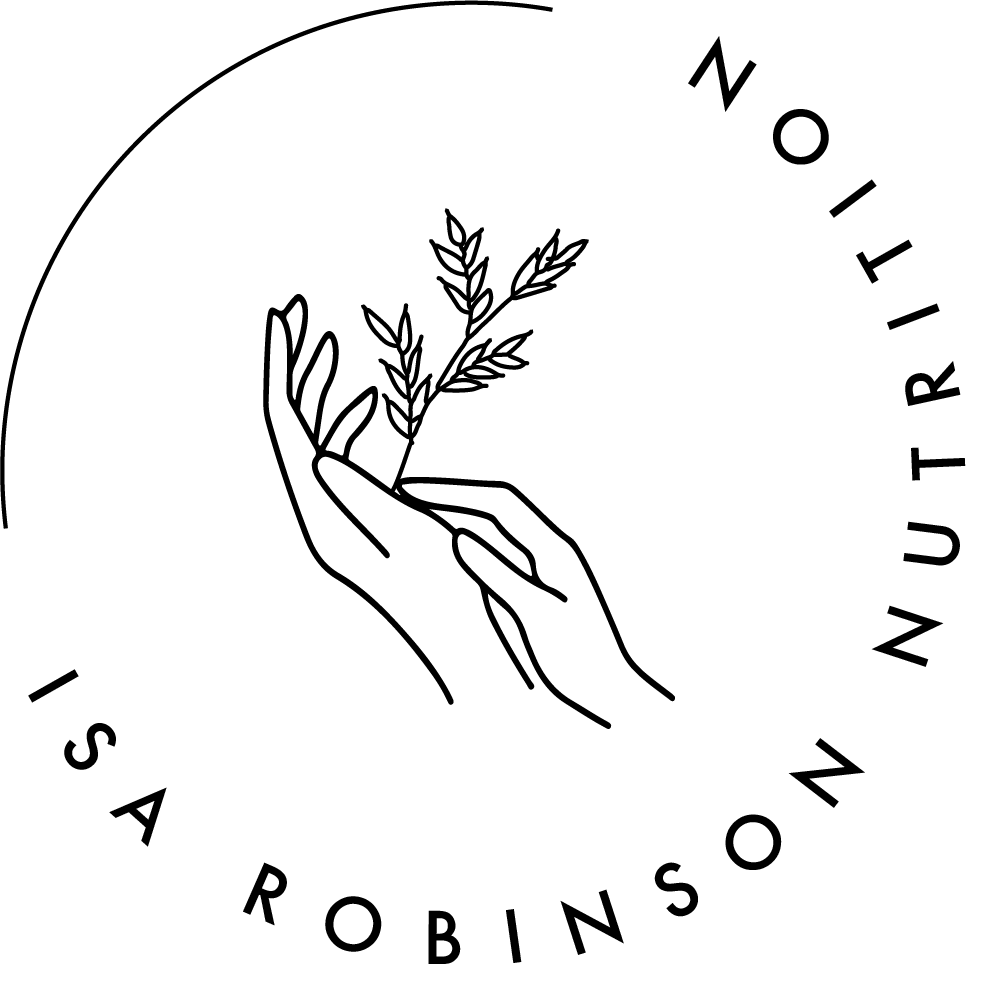What is interoceptive awareness?
When was the last time you felt nervous, thirsty or the need to pee? How did you know that you were feeling these things? Perhaps you began to notice your heart beating a little faster in your chest, the feeling of distention, discomfort and urgency that accompanies a full bladder, or a dry mouth.
Noticing and processing physical sensations that arise from within the body is what’s known as interoceptive awareness. Interoceptive awareness can provide useful insights into our physical and physiological state in any present moment, helping us translate what our body is communicating into actions that meet our needs. A useful example can be thinking about the physical sensations communicated by the body when we need the bathroom. Most of us are acutely aware of these and don’t have too much trouble acting on them.
The second Multidimensional Assessment of Interoceptive Awareness, known as the MAIA-2, measures interceptive awareness through 8 factors:
Noticing - simply noticing changes in the body e.g. temperature or breathing
Non-distracting - not distracting yourself from what’s arising (N.b. distractions can be a really useful comping skill in certain situations so aren’t bad per se).
Not-worrying - Not worrying when there is some discomfort in the body. E.g. fullness
Attention regulation - a shift in thinking in the mind, to being in the body. E.g. paying attention to posture or the breathe.
Emotional awareness - an awareness of the physical sensations of emotions
Self-regulation - Using the body to release tension. Using the breath to feel a sense of calm from within.
Body listening - Listening to body for information about emotional states and to inform actions.
Body trust - trusting body sensations e.g. hunger
Body trust is a key component of interoceptive awareness. In noticing and assessing signals arising from the body, and indeed acting on them, we have to place trust in our bodies. Returning to the example of needing the bathroom, we are conditioned to learn to trust this signal from a young age in the process of potty training.
Conversely, little attention is placed on recognising and responding to cues of hunger and fullness when we are children. For example, often well-intentioned parents feel they are the best judge how much food we should eat, often praising us if we finish our plates. Many of you may identify to belonging to the “clean plate club” whereby you had to finish your plate before you were allowed to get down from the table, with little regard for what your body may be communicating back. I have a poignant memory of being a child and my nanny insisting I finish my steak and ale pie when I was so full I felt like I was going to burst. In essence, although very well-meaning, adults may inadvertently teach children to override body signals around food, which does little in the way of cultivating awareness and body trust.
Diet culture is also a key player in undermining interoceptive awareness. Apps like my fitness pal calculate nutritional goals or limits as though we are robots who need precise daily amounts of food. Yet, there is one small catch. We aren’t robots, we are complex biological organisms whose needs vary day to day. Sometimes, we may be able to account for this, for example, you may feel hungrier on particularly active days or during your time of the month. Other times, however, it may simply be unaccounted for on a rational level. For example, increased appetite may arise seemingly out of the blue, but is your body in need of some extra nutrition from nausea and suppressed appetite that happened a few months ago. Rather than trusting our bodies in the present moment, we may be inclined to question our hunger. Perhaps the “why am I so hungry, what’s wrong with me” sounds familiar.
Diet culture also contradicts interoceptive awareness by pathologising much of what our body is communicating and instead insisting that we try to trick, suppress or outsmart our signals, or rely on external measures rather than internal cues. Curb your hunger with this [insert expensive diet food or supplement here] is commonly used in advertising. But, what does this teach us about building body trust and learning to listen in to our body's signals? You might find yourself hungry, but have already exceeded your daily calorie allowance on my fitness pal, chewing gum can only go so far. You may find yourself full, but as it's "cheat day" you may end up eating way beyond the point of comfortable fullness because tomorrow you're no longer allowed certain foods.
Of course, there are many vested interests in making sure we are wired up to apps, Fitbit's and every method of data tracking technology apple brings out. When did we begin to trust our iPhones more than what our bodies are telling us? And is all the info really helping us to live happier and “healthier” lives, or are we more disconnect from our body’s internal wisdom than ever, feeling anxious and like a failure if we haven’t slept deeply enough or completed our 10,000 steps. Just FYI, the 10,000 step goal was just an arbitrary number picked by an ad campaign and isn’t really grounded in any scientific literature.
As well as diet culture, there are also many other barriers to interoceptive awareness. These include stress, poor sleep, mental and physical health conditions, distractions, lack of self-care and trauma. These are certainly not to be overlooked and may require medication and ongoing therapy.
A major part of the intuitive eating process is about increasing interoceptive awareness and reducing some of the modifiable barriers that interrupt it. This entails building a more trusting relationship with the body, often after years of ignoring or suppressing it.
A first step to this can be thinking about getting out of our minds and back into our bodies. For example, considering the question:
How do I feel in my body in this present moment, pleasant, unpleasant or neutral?
Other simple places to start are cultivating a daily mindfulness practice. Apps like Calm, headspace or Buddhify may be worth a try. Sleep hygiene and stress management may also be modifiable places to begin.
Developing interoceptive awareness is a skill that takes practice. Don't beat yourself up if it feels hard and strange at first. Trust in the process.
References
https://www.ncbi.nlm.nih.gov/pubmed/17010237
https://journals.plos.org/plosone/article?id=10.1371/journal.pone.0208034
https://www.ncbi.nlm.nih.gov/pubmed/26119812
https://www.ncbi.nlm.nih.gov/pubmed/19096369

